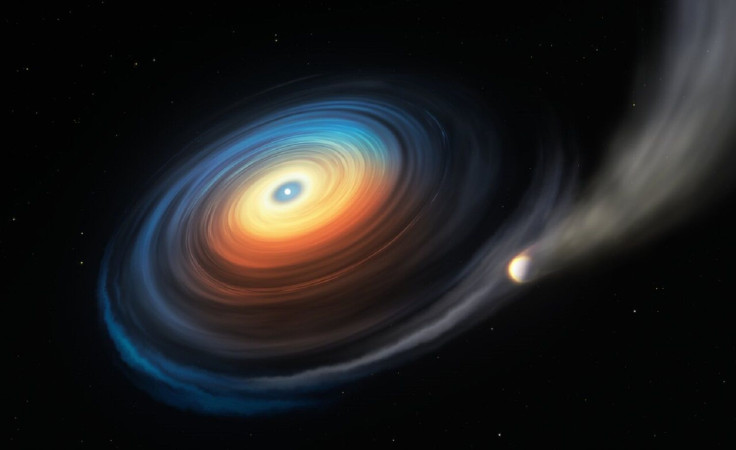Scientists Explain How Dying Stars Enriched Life On Earth

KEY POINTS
- Scientists explained how dying stars led to the formation of life and planets
- Stars that have reached the end of their life cycles are known as white dwarfs
- White dwarfs are known to emit various chemical elements including carbon
A new study revealed how the remains of dying stars helped jumpstart the formation of planets and life in the galaxy. According to the authors of the study, stars that have reached the final stages of their lives emitted elements that are essential to planetary formation.
The study was conducted by an international team of scientists. It was published in the journal Nature Astronomy.
Stars that have reached the end of their life cycles are known as white dwarfs. During this stage, the white dwarf sheds off outer shells and other stellar materials. Previous analyses on these stellar materials revealed that they are rich in various chemical elements, such as carbon.
On Earth, carbon plays a crucial role in the evolution of life. It also served as one of the building blocks of the Sun and the planets within the Solar System.
Recently, through the data collected by the Keck Observatory near Hawaii’s Mauna Kea volcano, a team of scientists was able to study the white dwarves in Milky Way’s open star clusters, which are groups of stellar objects held together by gravitational attraction.
Through their observations, the scientists learned that the white dwarves in this region had larger solar masses than previously thought. Initially, it was believed that solar masses of the white dwarves in the cluster ranged from about 0.60 to 0.65. However, in the recent observations, the scientists discovered that the dying stars have about 0.7 to 0.75 solar mass.
These findings indicate that the white dwarves in the galaxy were massive enough to emit large volumes of stellar chemicals into space. These chemicals, which included carbon, might have reached various parts of the galaxy and led to the formation of planetary systems.
“The findings pose new, stringent constraints on how and when carbon was produced by stars of our galaxy, ending up within the raw material from which the Sun and its planetary system were formed 4.6 billion years ago,” Jeffrey Cummings, an associate research scientist at the Johns Hopkins University's Department of Physics & Astronomy and co-author of the study, explained in a statement.
© Copyright IBTimes 2025. All rights reserved.





















